Many experts believe LiDAR (Light Detection And Ranging) is one of the pivotal sensing technologies required to make partial to full autonomous vehicles possible. The most promising way seems to be combining LiDAR with other detection/ranging systems – such as cameras and radar products – into a suite of detection & ranging systems, allowing autonomous vehicles to use at least two independent redundant subsystems to provide high-resolution, 3D information about the surrounding environment with very low error rates.
LiDAR – more then a key driver in the development of autonomous vehicles…
LiDAR is not only a key driver in the development of autonomous
vehicles; it also prevails in numerous other application sectors, from all
kinds of mapping, industrial automation/robotics and smart city to aerospace,
security & defense sectors.
Just recently, the discovery of hidden archeological sites in the middle of
overgrown jungle or monitoring of air pollution in cities were hot topics in
the media.
Measuring and understanding key LiDAR
While the benefits of LiDAR are indisputable, and the applications are wide, the development of these systems is still improving with respect to areas such as eye safety, power consumption, and overall system reliability. Knowing how the light source in these systems is behaving is critical to the success of the overall system. Measuring and understanding key LiDAR parameters such as average power or pulse energies, wavelengths, pulse duration, repetition rates, and beam divergence are critical to successful development of LiDAR systems.
Click here to read more about The importance of precisely measuring LiDAR parameters and its impact on the performance and construction of LiDAR systems

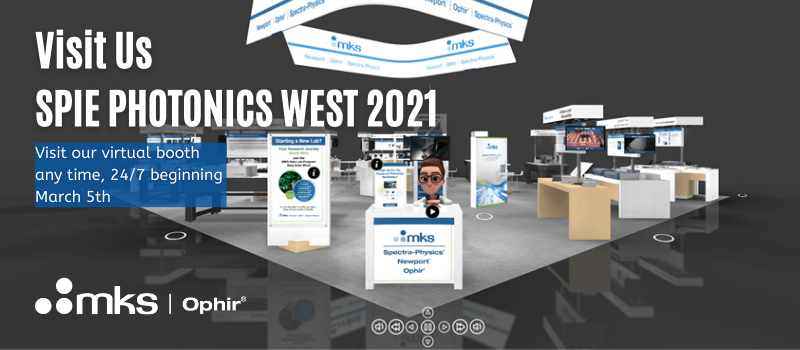
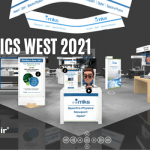
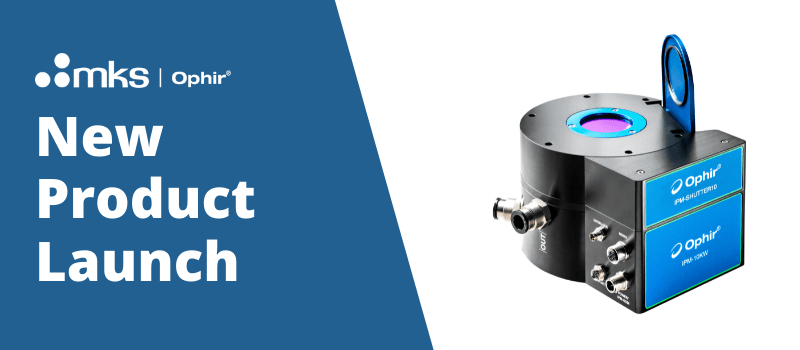
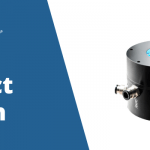
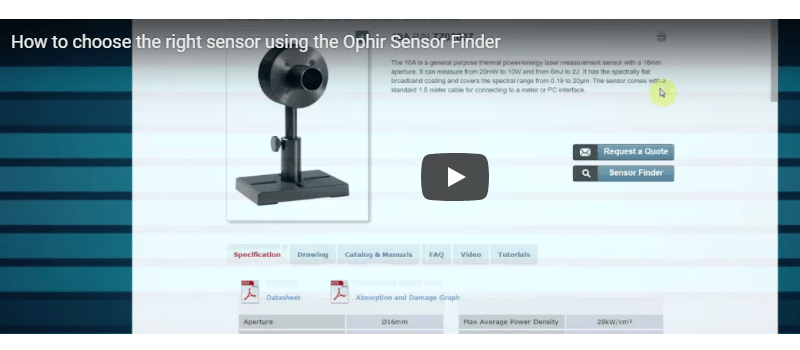
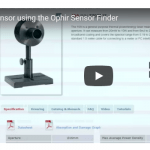
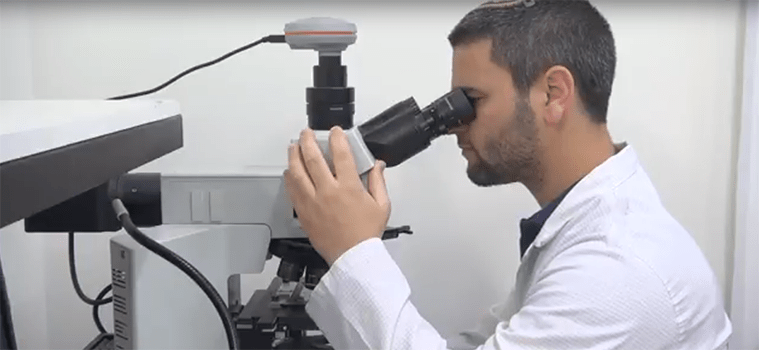
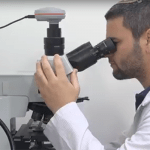

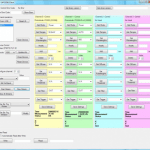
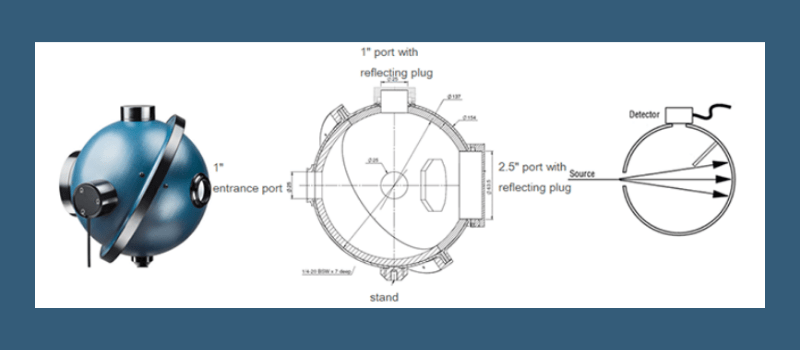
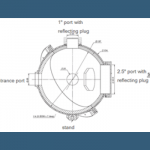
Leave a Reply
Your email address will not be published. Required fields are marked *